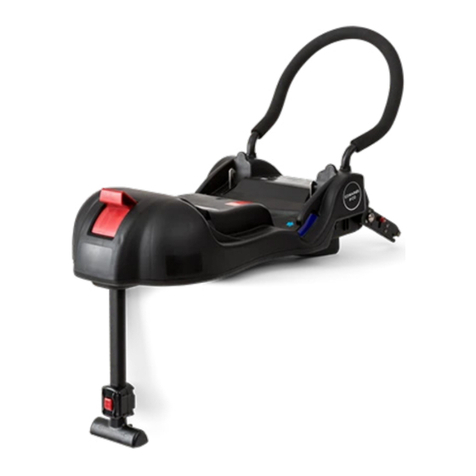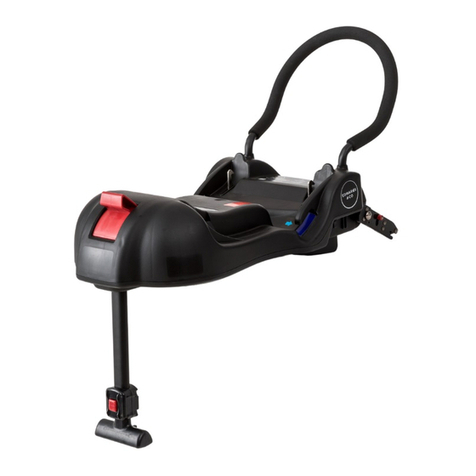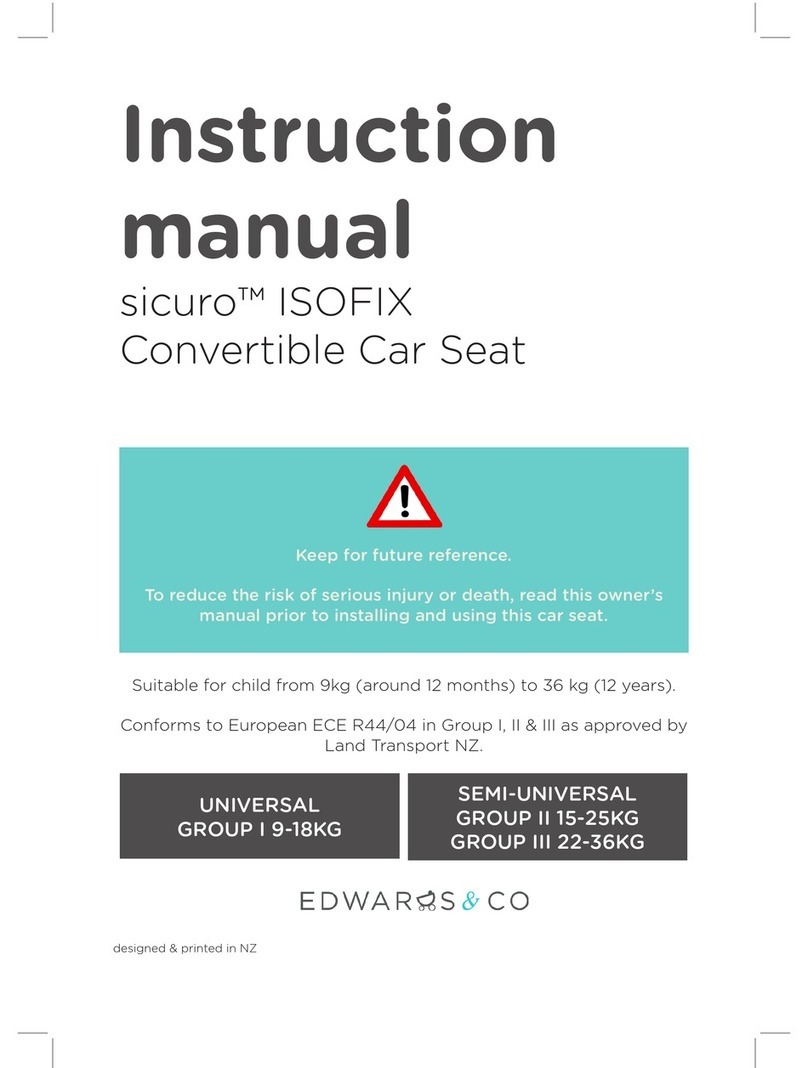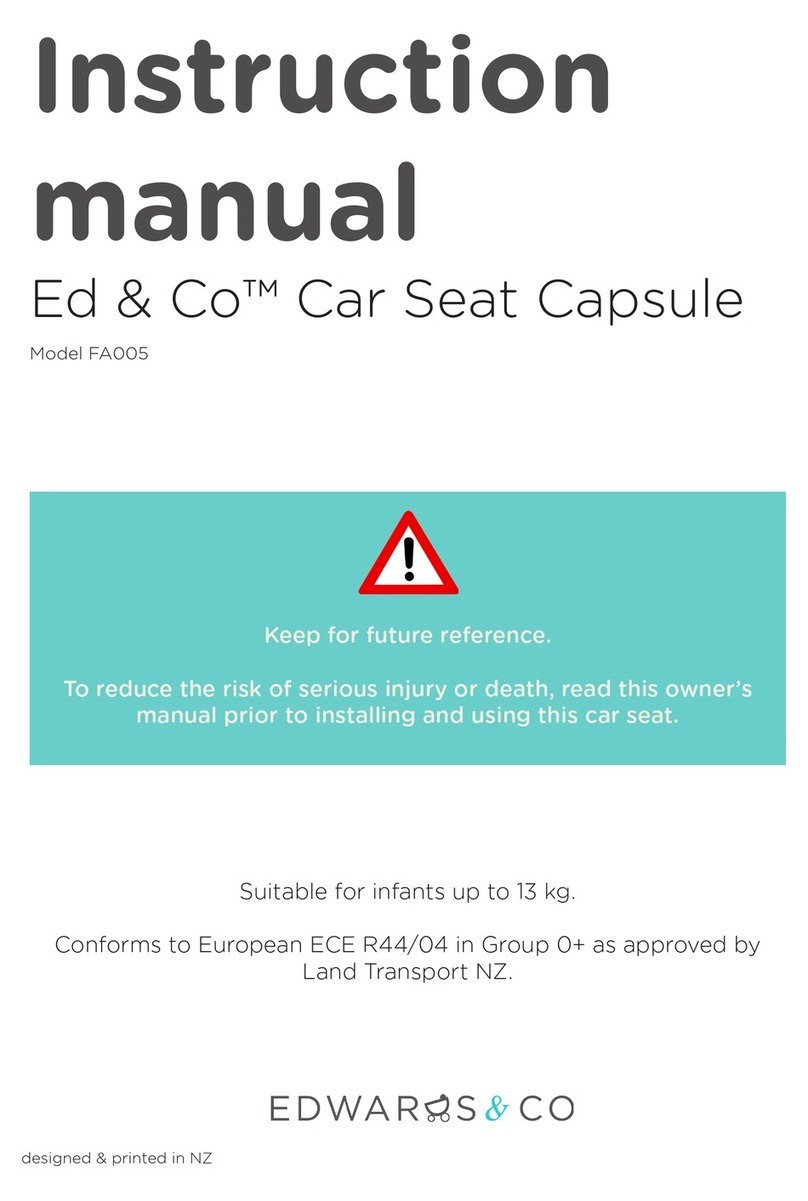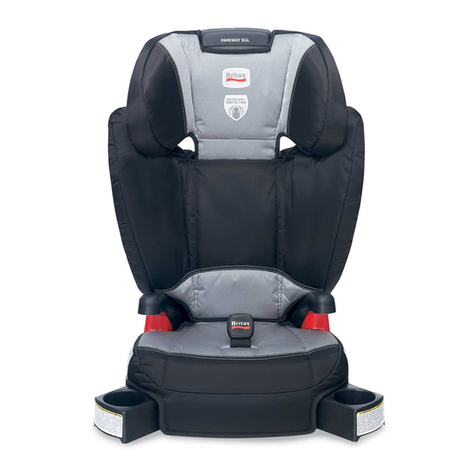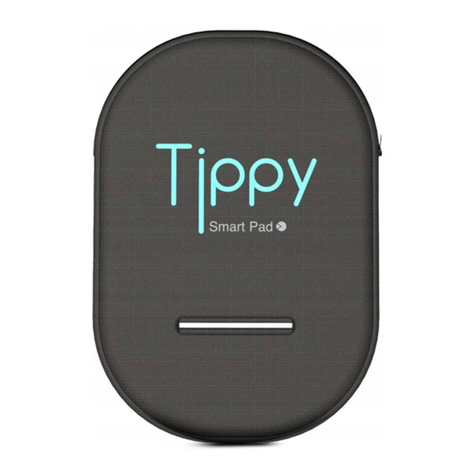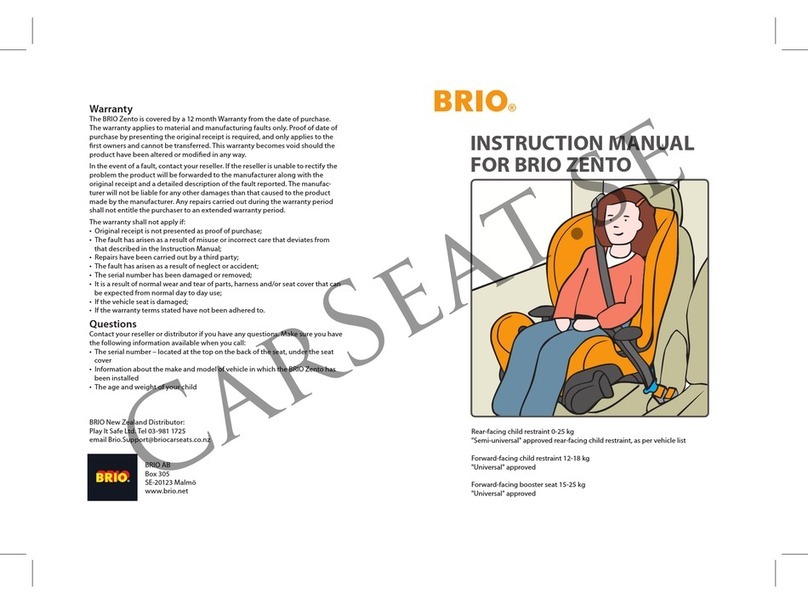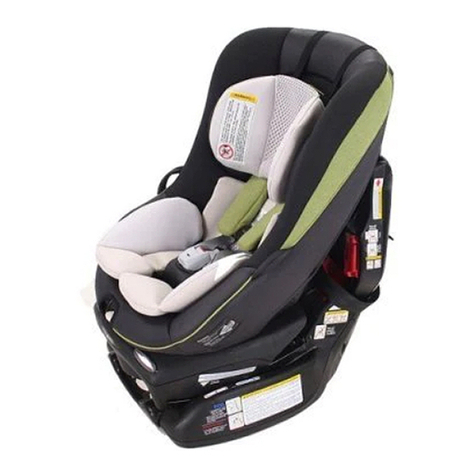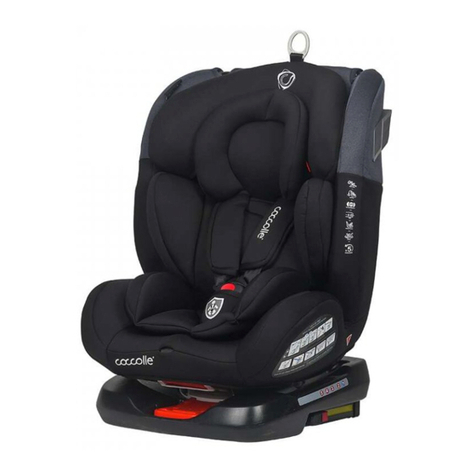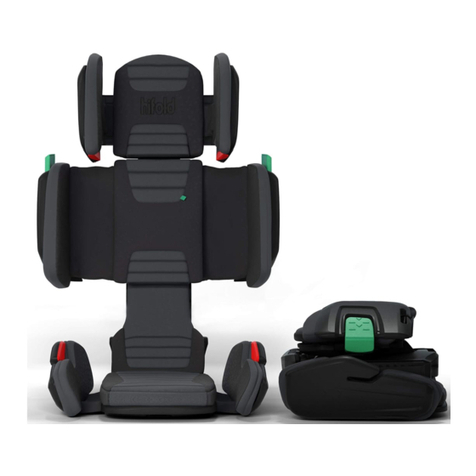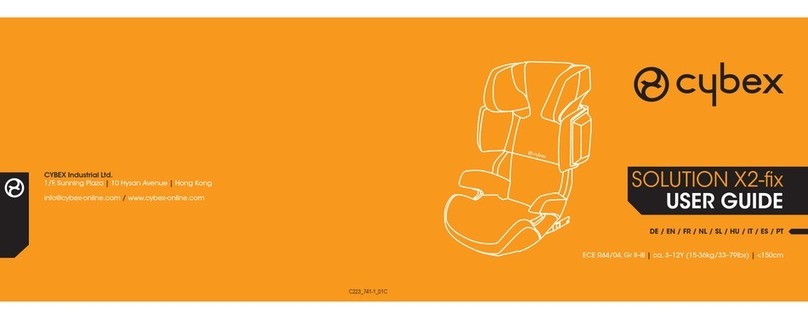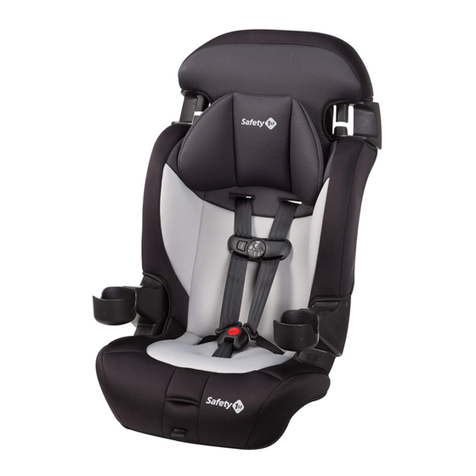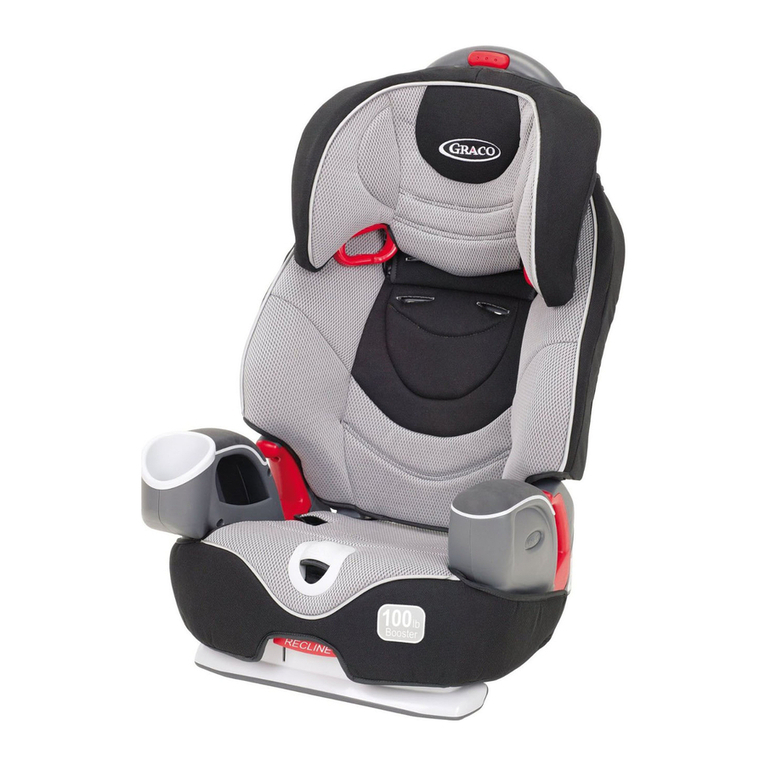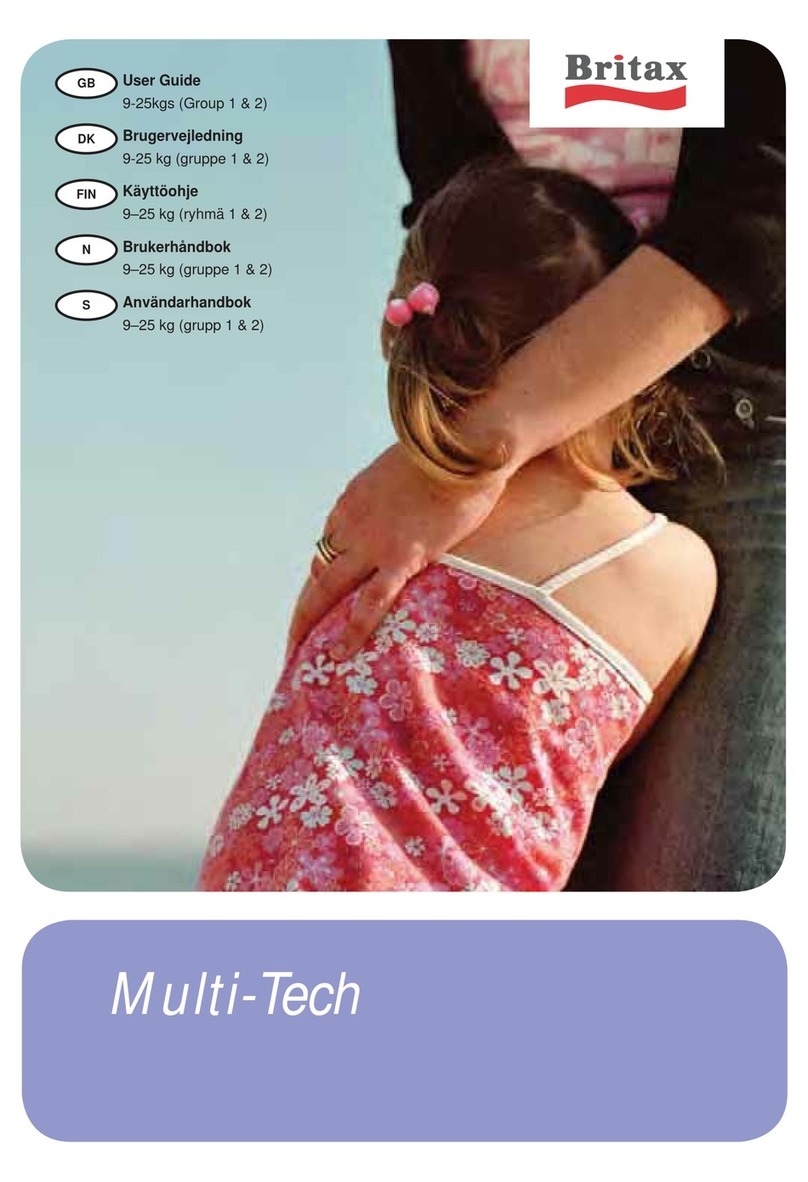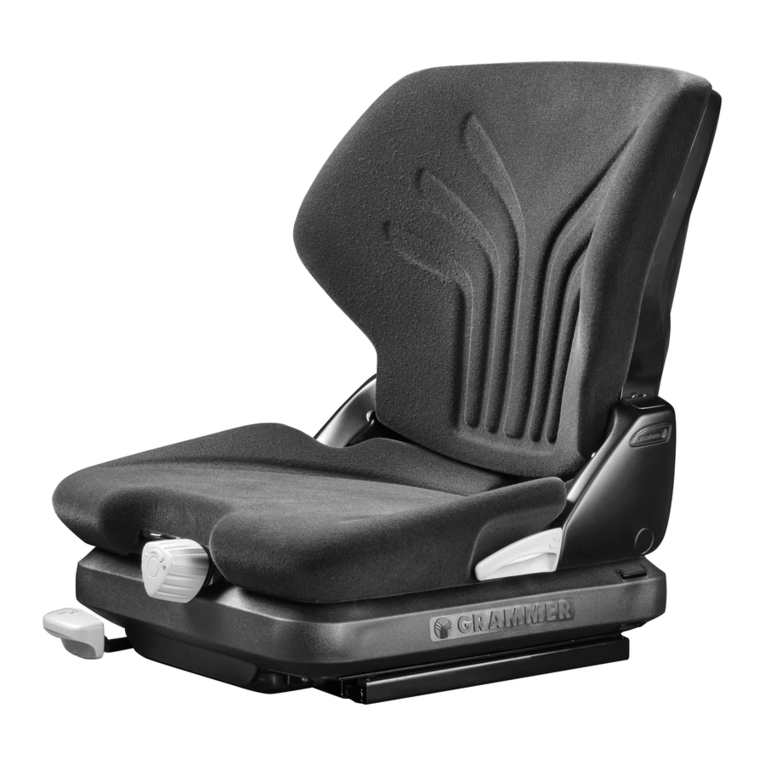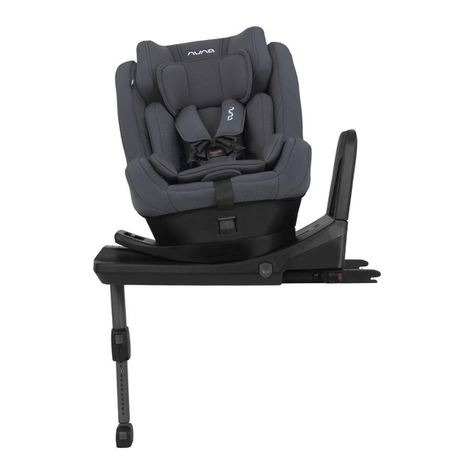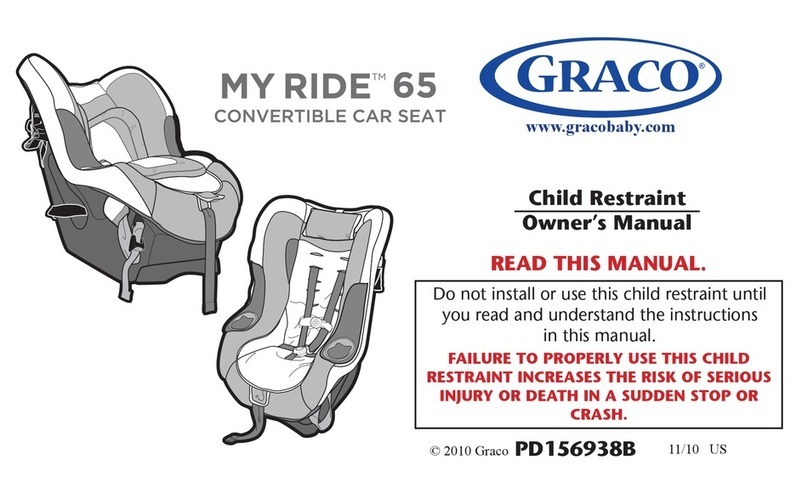
GENERAL WARNINGS
To reduce the risk of SERIOUS INJURY or DEATH, read this owner’s
manual and your vehicle owner’s manual before installing and using
this car seat. By properly using this car seat and following these
instructions (and the instructions that accompany your vehicle), you
will greatly reduce the risk of serious injury or death to your child in
the event of a collision.
• NEVER LEAVE YOUR CHILD UNATTENDED IN THE CAR SEAT
• NEVER USE THE CAR SEAT IN A PASSENGER SEAT FITTED
WITH AIRBAGS.
• THIS CAR SEAT IS ONLY COMPATIBLE WITH EDWARDS & CO
BASES.
• NEVER use the car seat without fastening it into your vehicle.
• NEVER alter or modify the car seat in any way as this may aect
its performance in the event of a collision.
• The buckle SHOULD ALWAYS be easily accessible. It is important
that your child can be released quickly in the event of an
emergency.
• This car seat is ONLY SUITABLE for cars fitted with a 3-point static
or retractable seat belt that is approved to UN/ECE regulation No.
16 or other equivalent standards.
• ONLY FIT to a forward-facing passenger seat. NEVER fit into a
rear-facing or side facing seat.
• The seat is suitable from birth up to 13kg (approximately 12-15
months old).
• DISCARD the seat if it is involved in a serious collision EVEN if no
damage is visible.
• The cover and fabrics of the seat are integral to its performance in
the event of a collision. NEVER remove or replace the fabrics of
the seat unless it has been approved by Edwards & Co.
• Fit the harness firmly to the child. A loose restraint or harness is
DANGEROUS.
3

